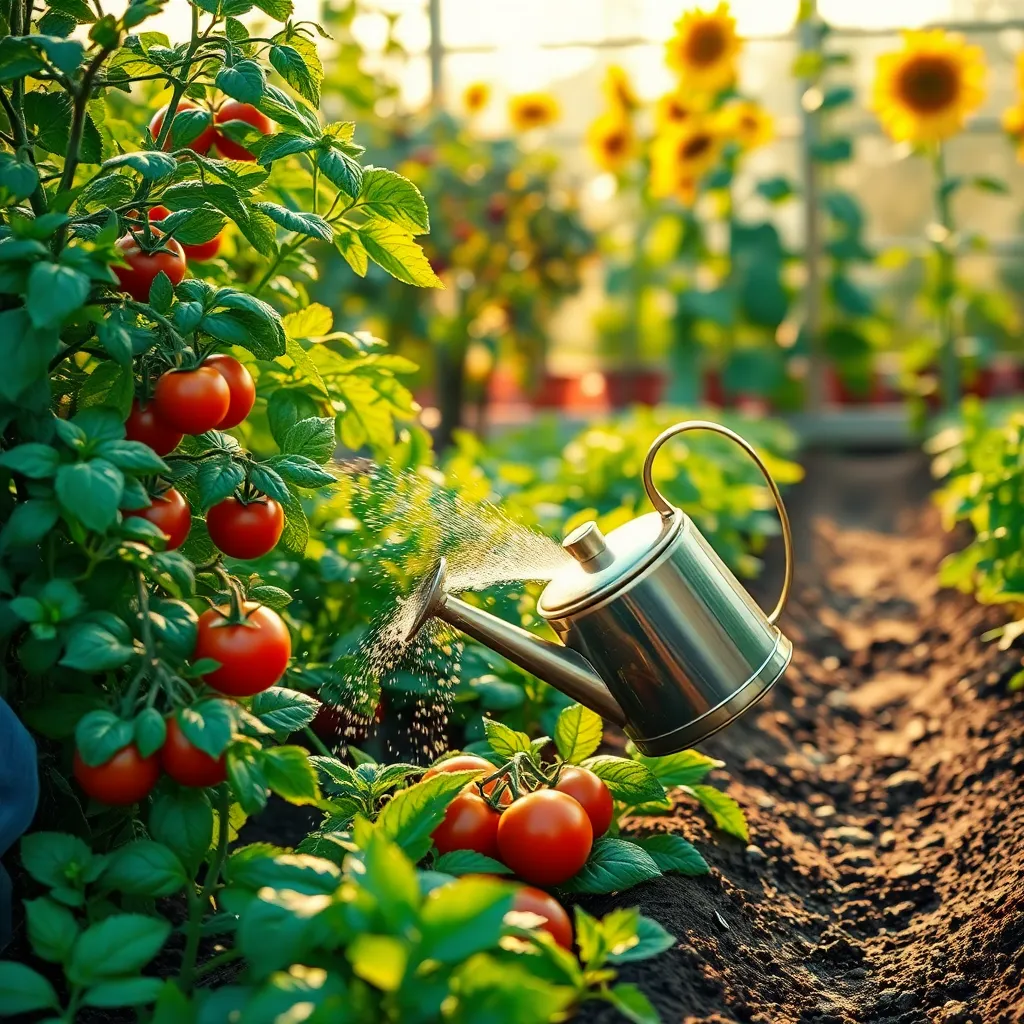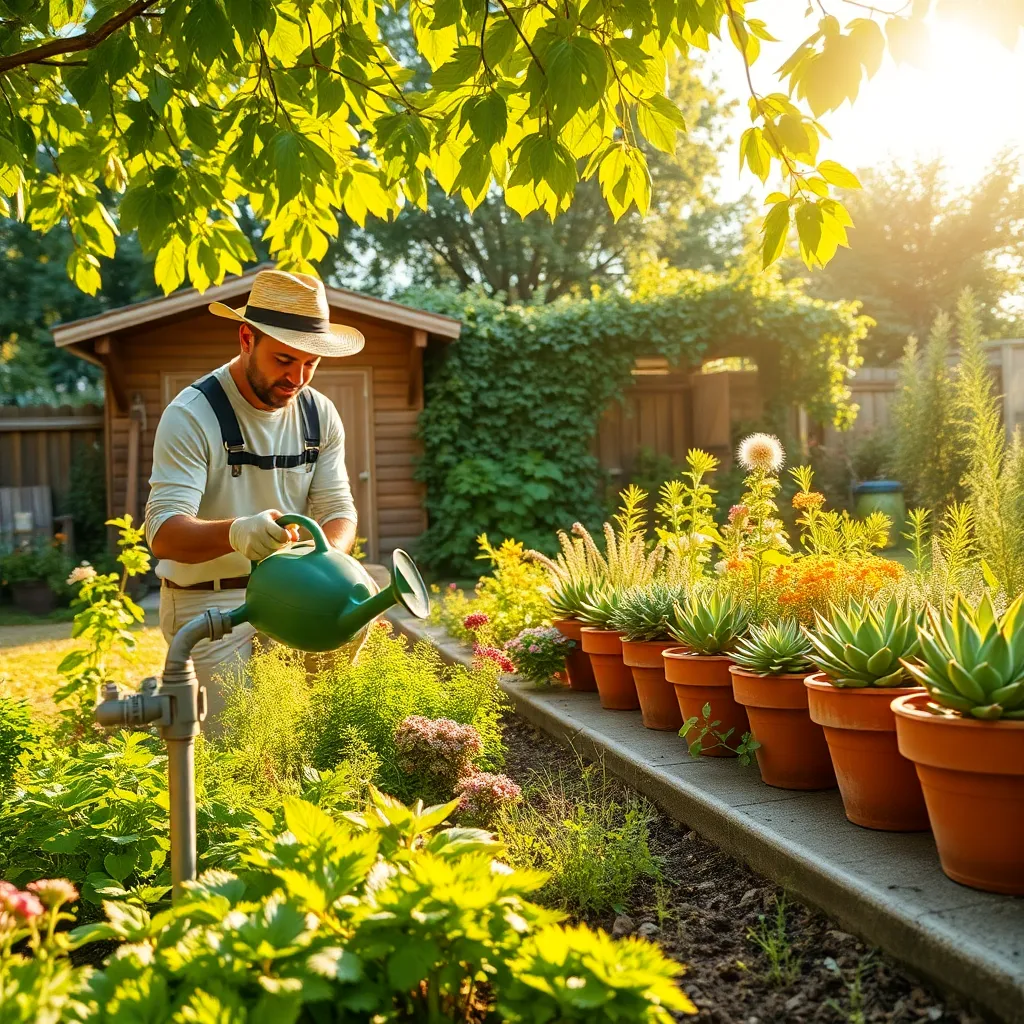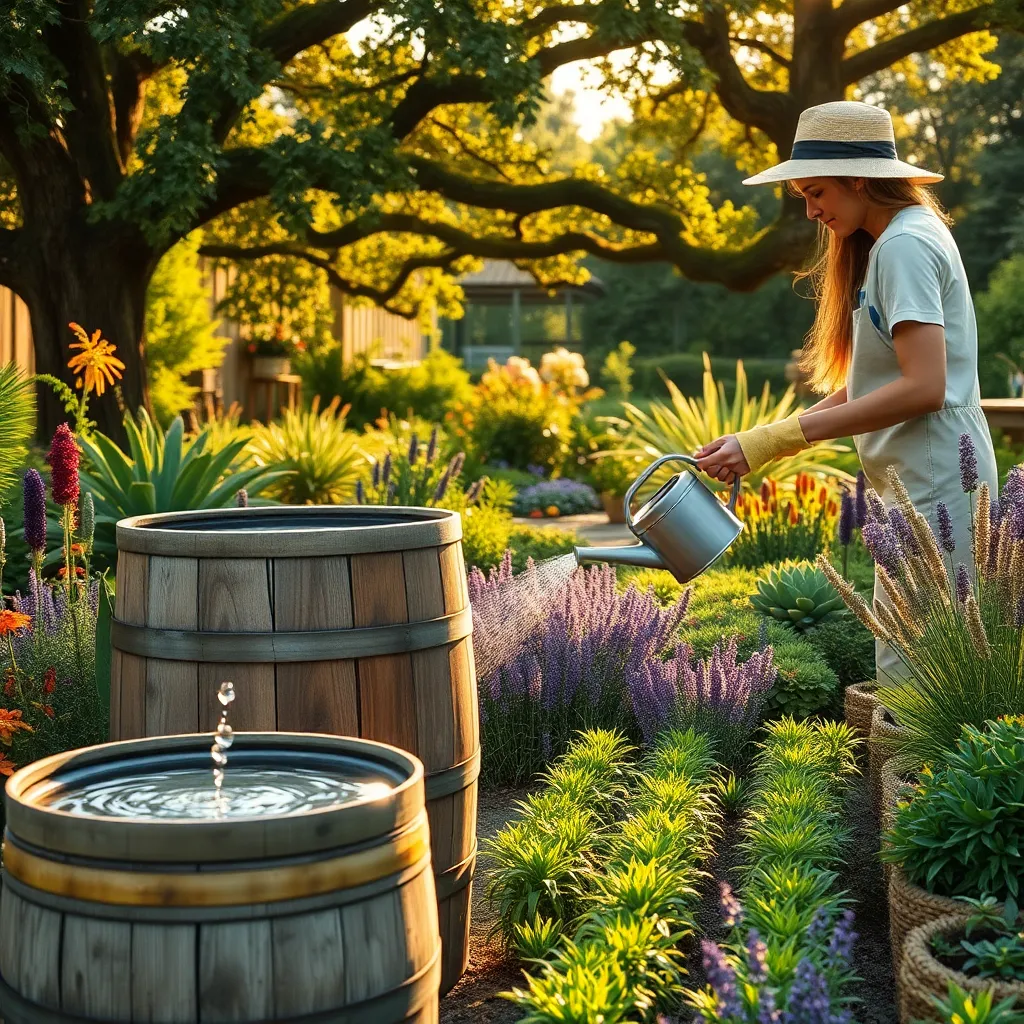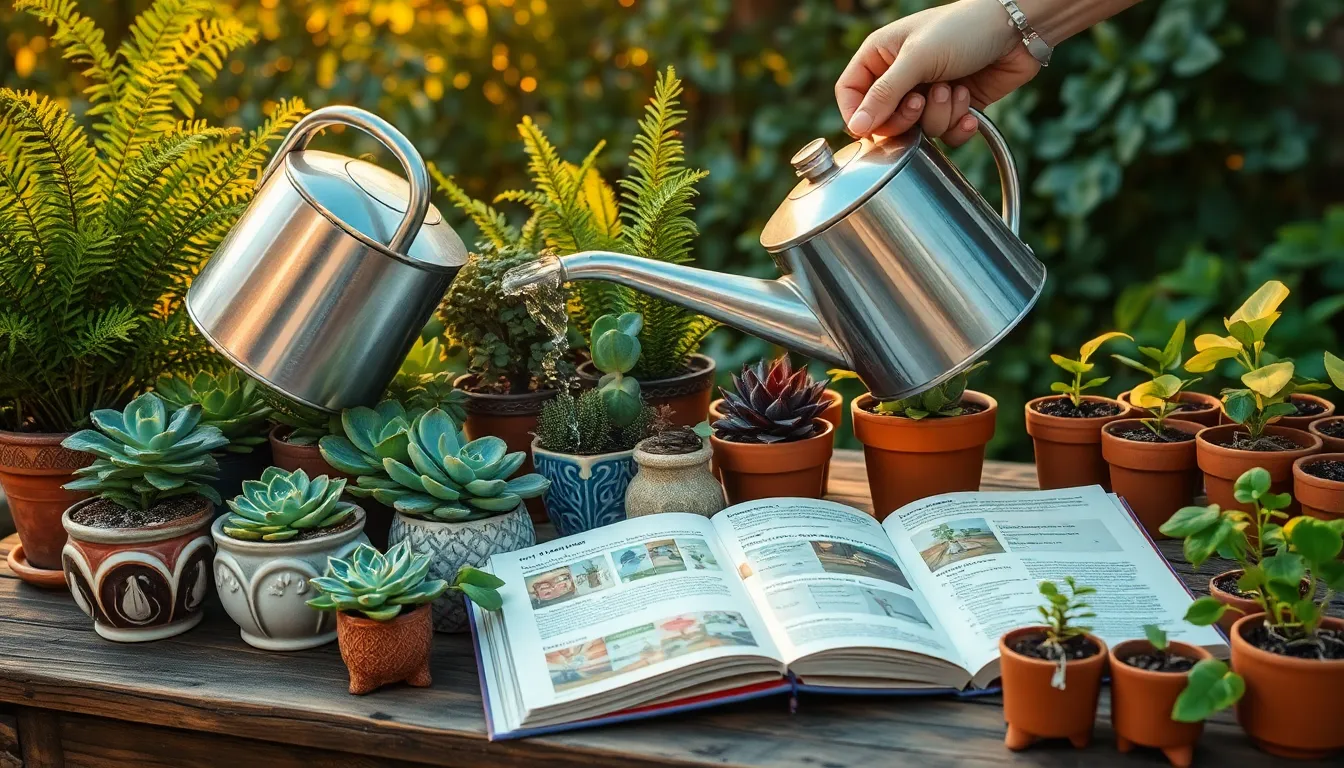Watering plants might seem like the simplest task in gardening, yet it holds the key to thriving, lush foliage and bountiful blooms. Whether you’re a novice gardener, tentatively tending your first potted friend, or a seasoned green thumb with a backyard oasis, understanding the nuances of watering can make all the difference between a garden that merely survives and one that truly flourishes.
In this article, we’ll explore the art and science behind watering plants properly, demystifying common misconceptions and offering practical advice for success. You’ll discover how different plants have unique watering needs, why the timing of your watering matters, and how to identify signs of both overwatering and underwatering.
By the end of our journey, you’ll feel empowered with the knowledge to cater to your garden’s specific hydration requirements. Not only will this guide help prevent those dreaded wilted leaves or root rot disasters, but it will also nurture your confidence as a caretaker of your green companions. Dive in with us, and let’s unlock the secrets to watering plants with precision and care.
Understanding Plant Water Needs

Understanding the specific water needs of plants is crucial for their health and growth. Different plants have varying requirements based on factors like species, climate, and soil type.
For beginners, it’s essential to know that overwatering is a common mistake that can lead to root rot. To avoid this, always check the soil moisture by sticking your finger about an inch deep into the soil; if it feels dry, it’s time to water.
More advanced gardeners might use a moisture meter for a more precise reading, especially for plants with more delicate water needs. Investing in one can help you maintain the perfect balance for plants like orchids, which thrive in a humid environment but dislike soggy roots.
Consider the type of soil when planning your watering routine; sandy soils drain faster and need more frequent watering than clay soils, which retain moisture longer. Mulching can also help retain soil moisture and reduce the need for frequent watering.
- Group plants with similar water needs together to simplify irrigation.
- Water early in the morning to reduce evaporation and fungal diseases.
- Adjust watering frequency based on seasonal changes and plant growth stages.
Correct Timing for Watering

Watering your plants at the right time of day is crucial to their health and growth. Aim to water early in the morning when temperatures are cooler and the sun is less intense, minimizing evaporation and allowing plants to absorb moisture efficiently.
In contrast, watering during the evening can lead to excess moisture lingering on plant leaves overnight, potentially encouraging fungal diseases. If morning watering is not possible, late afternoon is the next best option, allowing foliage to dry before nightfall.
Soil type plays a significant role in determining watering frequency and timing. Sandy soils drain quickly and may require more frequent watering, whereas clay soils retain moisture longer, reducing the need for frequent watering.
Advanced gardeners can benefit from monitoring soil moisture levels with a simple probe or by sticking a finger an inch into the soil to assess dryness. For those interested in more precise control, installing a drip irrigation system can automate watering with perfect timing and consistency, ensuring plants receive the optimal amount of water.
Efficient Watering Techniques

Efficient watering techniques are crucial for maintaining healthy plants and conserving water. Begin by assessing your soil type, as different soils have varying water retention capabilities; clay retains more moisture than sandy soil.
Using mulch is an effective way to reduce water evaporation from the soil surface. Organic mulches, like shredded bark or straw, not only retain moisture but also enrich the soil as they decompose, providing a dual benefit.
For automated watering, consider installing a drip irrigation system, which delivers water directly to the plant roots. This method minimizes water wastage and ensures deep, consistent watering, making it ideal for both novice and seasoned gardeners.
Watering deeply but less frequently encourages plants to develop robust root systems. This practice is particularly important for drought-tolerant plants, as it helps them become more resilient to dry spells.
Incorporate rainwater harvesting by setting up barrels to collect rainwater from gutters. This eco-friendly method provides a natural water source for your garden, reducing dependency on municipal water supplies.
Identifying Overwatering Signs

Recognizing the signs of overwatering is crucial for maintaining plant health. One key indicator is yellowing leaves, which may signal that the roots are sitting in too much moisture, lacking oxygen.
Another common symptom of overwatering is wilting, which can be misleading as it often resembles underwatering. To determine the difference, check the soil’s moisture level by inserting your finger about two inches deep; if it feels soggy, it’s time to hold off on watering.
Plants with overwatered roots may develop root rot, a serious condition that can be fatal if not addressed. To prevent this, ensure your plants are in well-draining soil; a mix containing perlite or sand can improve drainage significantly.
More experienced gardeners might consider using a moisture meter for more precise watering insights. This tool provides an accurate reading of soil moisture, helping you avoid the pitfalls of overwatering your beloved plants.
Conserving Water in Gardening

Water conservation in gardening is not only environmentally responsible but also beneficial for plant health. By adopting smart watering techniques, you can maintain vibrant gardens while reducing water waste.
One effective strategy is to water plants early in the morning or late in the evening. This minimizes evaporation and allows plants to absorb moisture more effectively during cooler periods.
Consider integrating mulch into your garden beds, as it helps retain soil moisture and suppresses weeds. Organic mulches, such as shredded bark or straw, decompose over time, enhancing soil fertility and structure.
For a more advanced approach, install a drip irrigation system that delivers water directly to the plant roots. This method ensures that water is used efficiently and minimizes runoff and evaporation.
Grouping plants with similar water needs can also help conserve water. This allows you to tailor your watering schedule more precisely, ensuring each plant receives the appropriate amount.
Test soil moisture before watering to prevent overwatering. Simply insert your finger into the soil up to the second knuckle; if it feels dry at that depth, it’s time to water.
Finally, consider collecting rainwater for garden use. Setting up rain barrels can provide a sustainable water source that reduces your reliance on municipal water supplies.
Conclusion: Growing Success with These Plants
In this enlightening exploration of relationship care, we delved into five key concepts: understanding the importance of consistent attention, recognizing individual needs, fostering open communication, nurturing emotional connection, and practicing patience. These fundamental principles are akin to watering plants properly, ensuring that relationships flourish and grow resilient over time. As you reflect on these insights, consider initiating a heartfelt conversation with a loved one today, allowing your words and actions to reaffirm your commitment and understanding.
To ensure these vital lessons are always within reach, don’t forget to bookmark this article. Having this resource at your fingertips can guide you through any relationship challenge, reminding you of the nurturing practices that lead to deep, lasting connections.
Remember, every small step you take today can lead to a future of relationship success. With dedication and mindfulness, you have the power to transform your interactions and cultivate deeper, more fulfilling bonds. Trust in the process, and watch your relationships blossom. Save this article now to have a beacon on your journey to relational growth and harmony.


